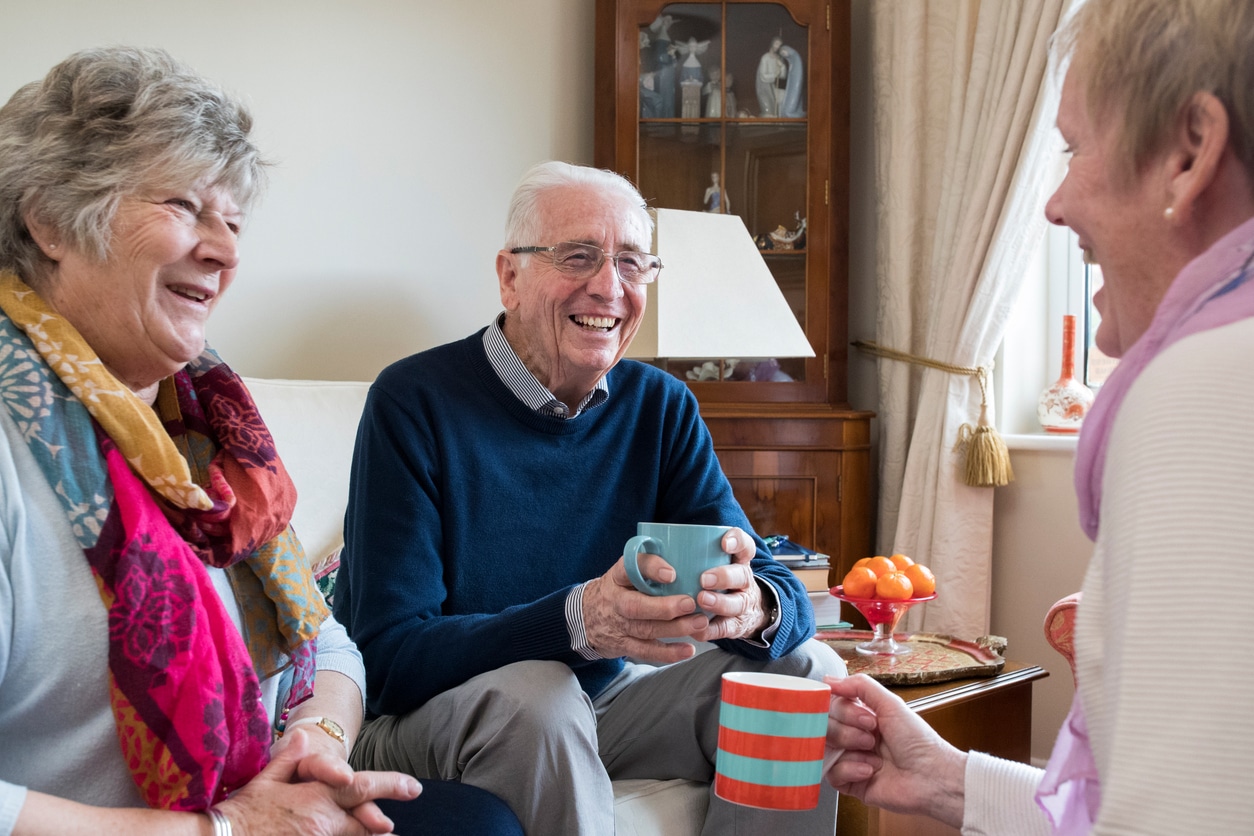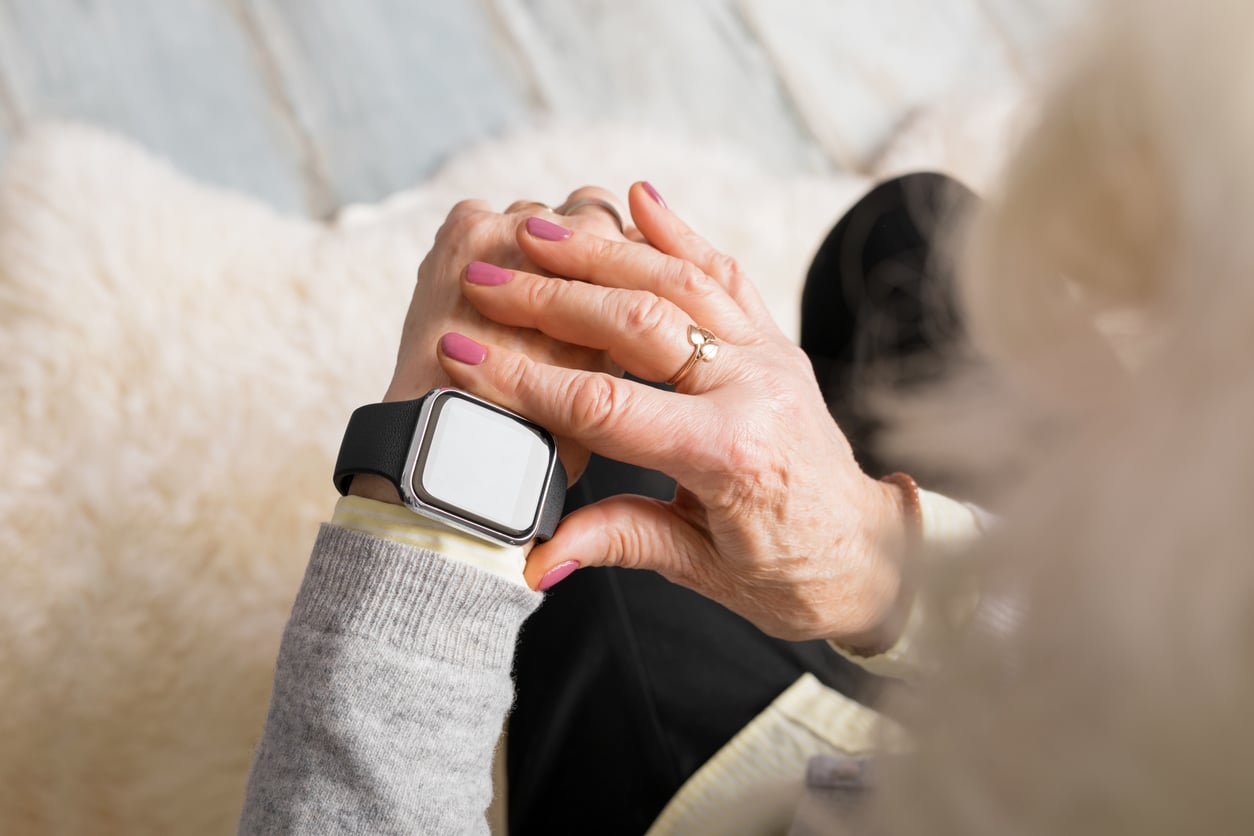In an emergency, time is of the essence. We want emergency personnel to respond rapidly and have the information they need to deliver care quickly. The combination of a medical alert system and a medical ID bracelet can provide invaluable assistance in these critical moments. EMTs and other first responders are trained to look for a medical ID when treating someone who can’t speak for themselves, ensuring that the right care is administered promptly.
What Does a Medical Alert Bracelet or Pendant Do?
These wearables can help you get medical help fast. Part of a medical alert system, the bracelet or pendant features a button that wearers can easily push when they require assistance. The call is answered by trained staff who can offer immediate help, notify loved ones, or summon emergency assistance. Some models even include automatic fall detection, which notifies call center operators even if the wearer cannot press the button themselves.
Medical alert systems are suitable for anyone, especially people who:
- Live alone
- Want to remain independent
- Live with one or more chronic conditions
- Take medication that increases fall risk
- Have mobility issues
- Want to feel safer and increase peace of mind for their loved ones
What is a Medical ID Bracelet or Necklace?
Medical IDs provide vital information about your health, such as medical conditions, allergies, and medications, on a bracelet or pendant. This information is crucial for emergency personnel when you’re unable to communicate. They are particularly beneficial for individuals living with various health challenges, including:
- Cognitive and memory issues or developmental disabilities
- Heart conditions
- Diabetes
- Food or medication allergies
- Asthma, emphysema, or COPD
- Epilepsy
- Autism
- Implants such as steel rods, brain shunts or stents
It’s essential to choose an ID that matches your personal style, but make sure it prominently displays the emergency medical symbol so that emergency care providers recognize it as a vital information source rather than just jewelry.
So Which is Right For Me?
While either a medical ID bracelet or a medical alert system can be a lifesaver in an emergency, the combination of both offers the best chance of receiving the care you need quickly and accurately. By having your medical information readily accessible on your person and the ability to call for help at the press of a button, you’re ensuring a comprehensive safety net for yourself or your loved ones.
Find the Right Medical Alert System for Your Lifestyle
If you are seeking protection, peace of mind, and the fastest possible response in an emergency, Lifeline offers easy-to-use medical alert systems that can be tailored to your unique lifestyle. Whether you’re looking for protection at home or on the go, we’re here to help you find the perfect solution.
Get started today by taking our short product selection quiz to determine which system is the right fit for you. Your safety, independence, and peace of mind are our top priorities, and we’re here to assist you in ensuring a rapid response in times of need.




